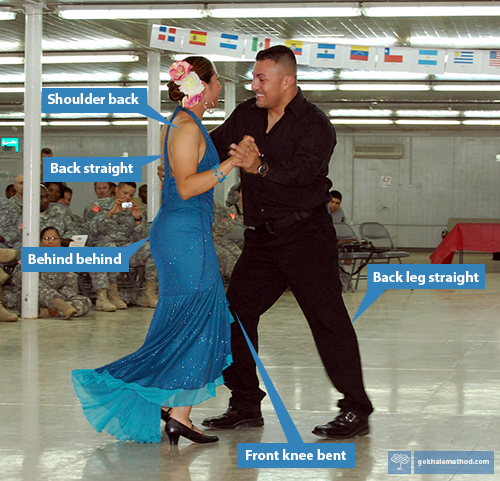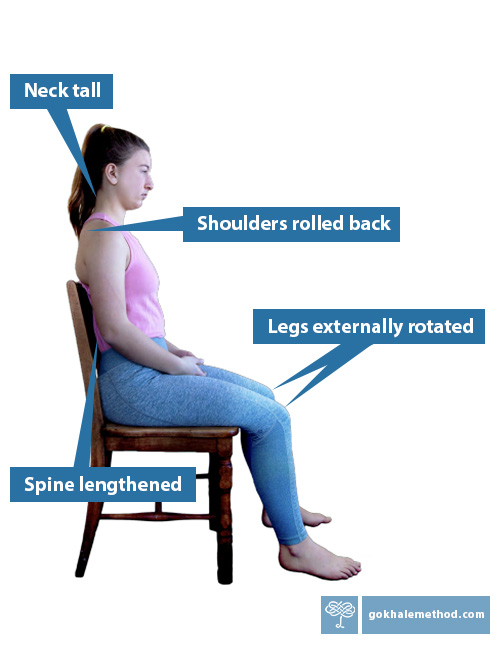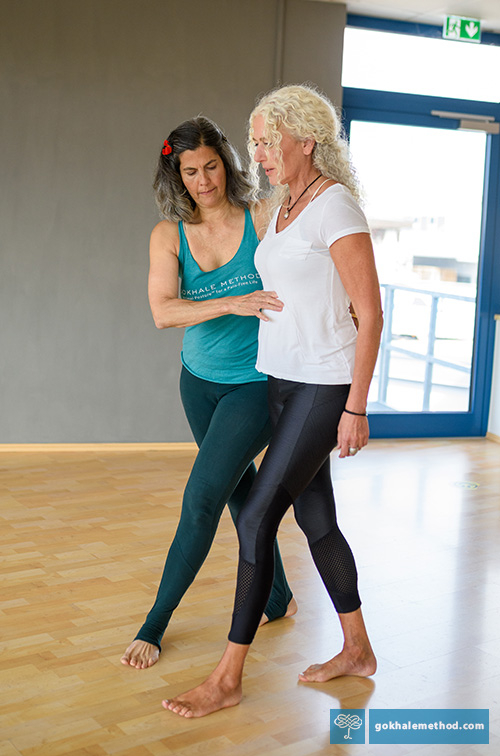Back Spasm Remedies
You’ve tweaked your back. It may be a stabbing pain that catches with certain movements, it may be that you cannot straighten up, or maybe it’s an electrical, nervy sensation in your buttock.

A back spasm is never welcome—but it is a signal we can act on—when we know how. Image by: Kampus Production
It’s true that time is a great healer—and that most back pain resolves itself without intervention—but there are also things we can do to accelerate the healing, that can help us feel better immediately, and protect us in the longer term.
Should I take pain meds?
Pain meds (muscle relaxants, anti-inflammatories, and pain signal blockers) can be useful in allowing you to remain reasonably active, preserve your mental health, work, care for dependents, and more. They can also have negative side effects and create dependence. Using pain meds is a very individual decision to be made with your medical advisors, but if you do use meds, be sure you are using the relief they give you as a window of opportunity to address the root causes of your back pain.
Should I keep moving or rest up?
There is research showing that for back pain, maintaining normal activities as tolerated gives a better outcome than bed rest. Maintaining gentle movement is nearly always advisable as it promotes healthy circulation and healing in the injured area. It also counters joint stiffness, muscle weakness, and loss of fitness. As the saying goes, “motion is lotion.” Maintaining regular activities as tolerated also helps you keep up with your friends, hobbies, and tasks, and staves off depression.
In our experience doing normal activities with truly normal (healthy) posture gives an even better outcome.

Activities done with healthy posture are protective against back spasms and injuries.
Move like you are meant to
Unless it was a freak accident, think back to what caused this spasm. Going forward, what are you going to do differently to make sure it doesn’t happen again? Are there movements to avoid until you have learned what is truly healthy for your body, be that in bending, twisting, or reaching? Students have sometimes discovered that certain “healthy” exercises, such as cat-cow, or roll-downs, feel wonderful at the time, but that such alternating flexion and extension provokes their backs to stiffen up or spasm later.

Poorly designed stretch and mobility exercises such as cat-cow actually push deeper into existing curves, provoking inflammation and stiffness. Images from Freepik
Non-drug treatments
Alternative or additional treatment for back spasms might include massage, physical therapy, acupuncture, chiropractic, and osteopathy. It would be fair to say that while many of our students find one or more of these modalities helpful, they are seldom sufficient to get to the root cause of their back flare-ups and prevent them from recurring. When I was a practicing acupuncturist, I found that my patients responded better to treatment for back pain when I also helped them with their posture. Their bodies could heal and strengthen better when they stopped unwittingly reverting to poor bending, lifting, walking, sitting, and sleeping positions after their treatments.
Gokhale Method® solutions
I would like to offer two key Gokhale Method techniques that can accelerate your journey out of pain, plus get you started on creating the baseline conditions to keep your back healthy into the future.
You will use readily available surfaces—a mattress or an exercise mat, and the backrest of a chair—to put your back into mild traction. You will be able to use this surface to contact and gently stretch your skin, which stretches the flesh underneath and gently eases your vertebrae apart. This will gradually tease out tension and spasm, facilitate circulation and healing, and bring peace to the area. These techniques are useful for five minute “resets” during the day, or for hours at a time, as needed.
Caution: If your back pain is persistent or severe, we recommend you consult your medical team prior to using these techniques.
Technique 1: Stretchlying

Stretchlying can transform lying down into therapeutic traction and comfort—even as you sleep. You can get started with this video.
Technique 2: Stretchsitting

Stretchsitting can transform compressive sitting (and driving) into hours of therapeutic traction and comfort. You can get started with this video.
You can learn these techniques in greater detail, with modifications for your body, in our in-person Foundations Course and our online Gokhale Elements. My book, 8 Steps to a Pain-Free Back, has illustrated, step-by-step instructions. Our stretchsit® cushion is a handy tool to make poorly designed chairs more comfortable and healthy. Here you can find a video on how to attach it to just about any chair. We’ve put it on sale until April 1 for $54.90, discounted from $59.90, plus free domestic shipping.

The stretchsit® cushion not only creates a healthier shape for your backrest, its soft “sticky” nubs are specially designed to give comfortable traction.
Doing things differently
Pain is nature's biofeedback mechanism—one which alerts us to the threat or occurrence of injury, which we should act on. Unfortunately our culture has not equipped us well to interpret our pain signals, nor to understand the systematic errors we may be making in our body use.
Once we recognize that poor postural habits are the root cause of our back pain, the process of change can begin. A teacher’s experienced eye can be invaluable in assessing your individual postural patterns and issues, helping you to steer out of trouble and into a healthier relationship with your body.

The way we make every movement determines whether our back has length and support, or is vulnerable to damaging stress. Here I am guiding a student in glidewalking.
Best next action steps
If you would like to know how changing your posture can prevent your back pain, get started by booking a consultation, online, or in person with one of our teachers.
You can sign up below to join any one of our upcoming FREE Online Workshops…

Comments
Add New Comment
Login to add commment
Login